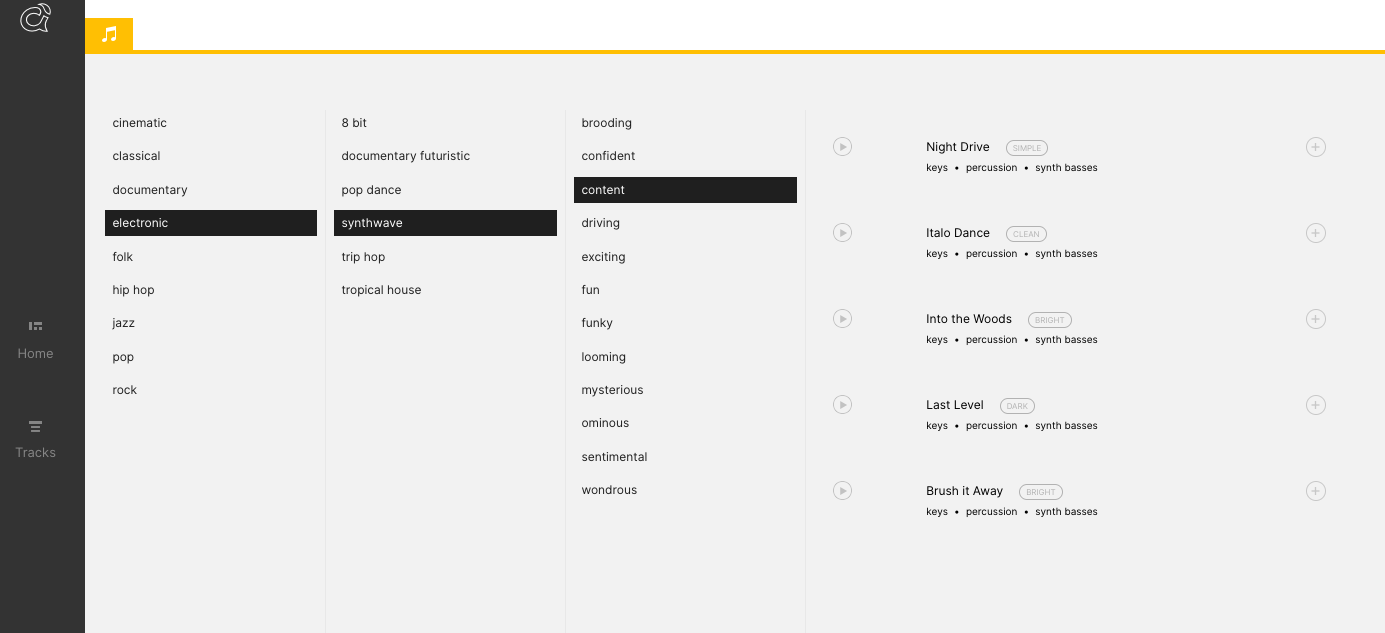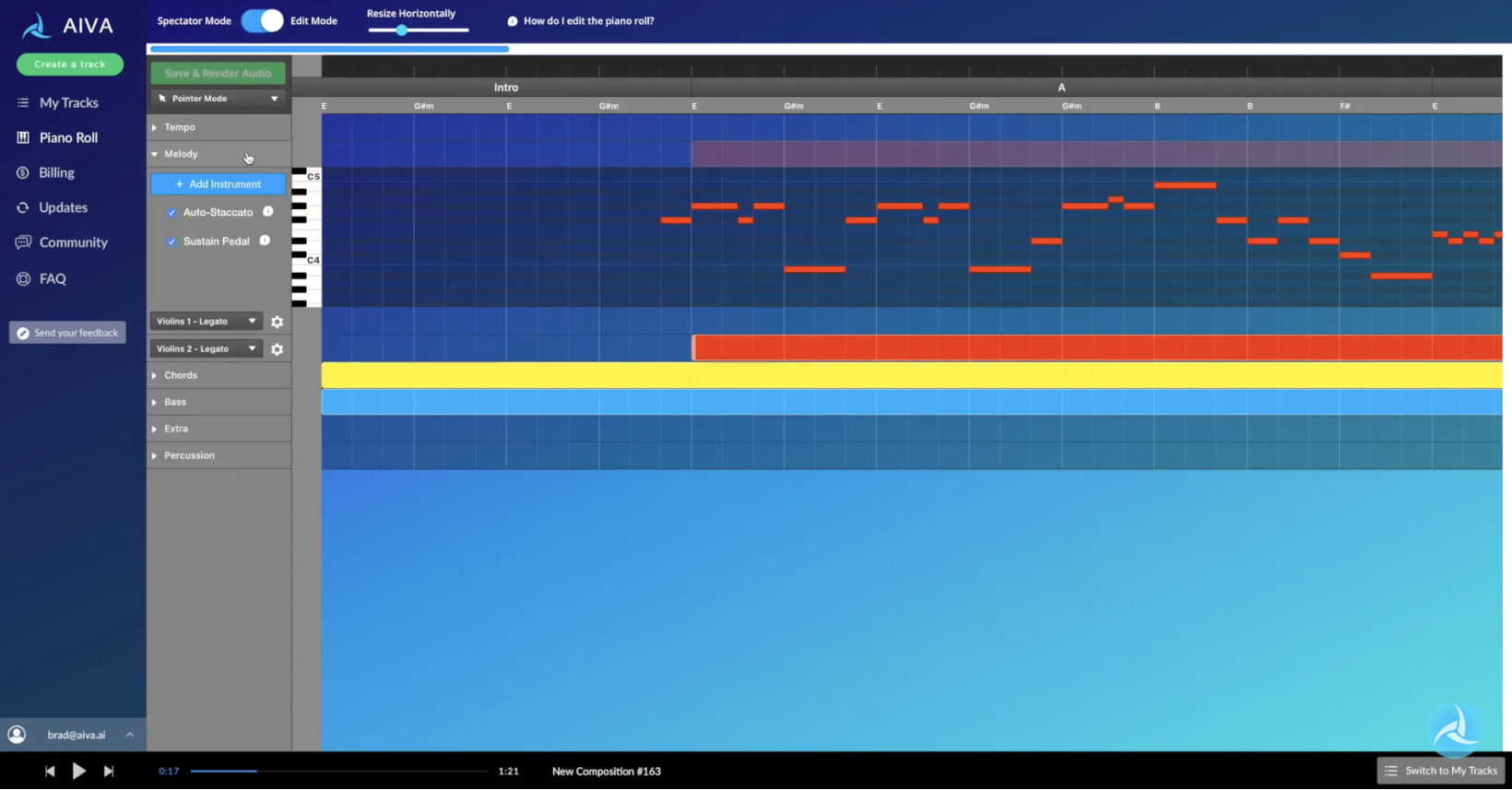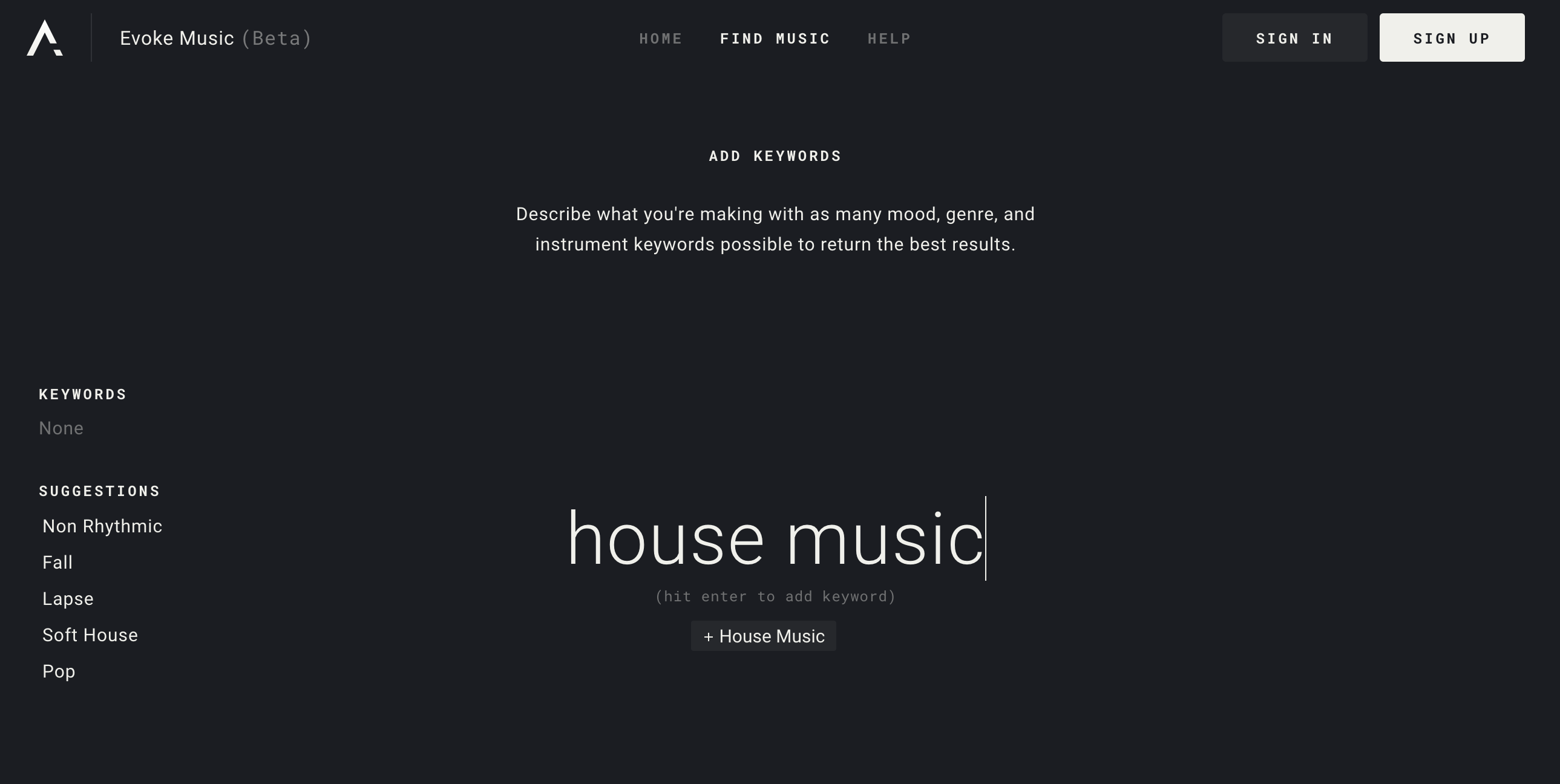How AI is changing the way we make music – and the services that are out there to help.
Right now, AI music services are all the rage, and rightly so. The technology, data, and demand is there. As a producer, if you can use online tools to help inspire or improve your productions, why wouldn’t you use them? And with platforms such as TikTok and YouTube, the demand to license straight-up beats and background music has never been larger.
In this piece, we’ll outline the AI services that you can work along side to create new formulas, sounds, and ultimately, songs.
It feels like every week, there’s a new AI music service being introduced, from companies such as Spotify, Google, and more. Not all are made equal, however, as each one is differentiated by how they work, and who they serve. It’s a bustling marketplace that features a mix of experimental newcomers and organizations with industry-standard reputations that vary by the type of technology and data sources being used. Without learning tools and masses amounts of data, none of these platforms would work, but it’s how they use these that make them unique. In fact, so much is the demand for AI music platforms at the moment that one of the more popular platforms, Jukedeck, was acquired by TikTok back in 2019.
So without further ado, let’s see what all the fuss is about.
Amper

Amper has been offering its AI music-generative services for several years, and is one of the most established platforms on the market, thanks in part to the publicity it received when reality TV star Taryn Southern turned to the platform to help her produce her debut album I AM I.
It’s extremely user friendly, targeting itself towards both content creators who want to have bespoke, license-free music, as well as musicians who want to collaborate and enhance their ideas and source new creativity. By using your own ideas — from recordings, to stems, to complete mixes — you can use Amper to then finesse your ideas, and build into the desired styles, rhythms and music type you’re working on.
AIVA

Like most AI platforms out there, AIVA uses deep-learning algorithms to help create bespoke pieces of music. What sets it apart, though, is its focus and experience within more classical realms of music.
With an interface that is comparable to Amper, AIVA has more detailed functionalities that are applicable to the classical world, thanks to the fact that the tool has been fed lots of orchestral music over time, helping it get a deeper understanding about orchestration and scoring.
The proof is in the pudding, with many recognized brands — including Vodafone and TED — subscribing to the system to help them create their own royalty free jingles and scores.
Evoke Music
Evoke is probably the most accessible AI tool on the market and requires zero musical background to use. More of a massive bespoke music generator tool than something based on original productions, Evoke allows you to create your own piece of music by simply typing in keywords to a generative tool.
With what is essentially a huge royalty free library, there are obvious benefits for those looking to for music for whatever video, TikTok upload, or brand project they’re invested in.

Deepjams
Less of a corporate outlay, and more of an actual cool graduate project from UC Berkeley, Deepjams is a creative tool that helps you create brand new compositions by augmenting your existing ones. By using its vast machine intelligence, Deepjams can create endless amounts of new and original bodies of music solely based on the music you feed it. It’s like creating a Picasso, and then getting a Monet for free.
Loudly

One of the newest platforms within the marketplace is Loudly, from the team behind the Music Maker JAM mobile app. Loudly’s AI system aims to rework existing productions as well as compose original ones by using its GAN (Generative Adversarial Network) deep-learning algorithm which has been trained on eight-million music tracks and 100K audio loops.
Loudly, a multi-pronged service, which also includes a sample store, community platform, along with the Music Maker JAM app, leverages its huge back catalogue of tracks to teach its AI system about how music works. Its AI system acts as an online platform to help users generate tracks and ideas. You could look at it being similar to a remix studio of sorts, of which there are examples of this already hosted on their site.

Loudly soon plans to open this platform to the public, which will allow users to interact and collaborate with the platform, but in the meantime they’re raising funds and building a community behind the platform over at Patreon.
And the rest…
From the OpenAI team in San Francisco, Musenet looked to be the ultimate AI in composition. By using a deep neural network that’s been fed a huge library of work, from the classics to the modern popular artists of today, Musenet could create brand new compositions from scratch or by augmenting original recordings, with a high degree of quality output. The testing phase is apparently over while the team looking to finesse the results and the system.
IBM and Google both offer open source services available through GitHub, which of course require some degree of expertise to work with, supply the market with Watson Beat and Magenta, respectively. BrainFM is a more cerebral approach to functional music that helps to relax and focus the brain by creating unique music adapted to how your brain works. Plus, there’s also ecrett, a royalty free licensing tool that allows you to build your own music, jingly, background score, by selecting moods, themes, and more.
AI composition is an extremely dynamic market – new companies constantly popping up, and existing ones bought up or just dissipating from time to time. This list is by no means exhaustive.
One thing is for sure: AI tools to help you create are the future of how music is composed and licensed – but how this is implemented into everyday creative settings is still to be seen.
Header Photo by Franck V. on Unsplash





